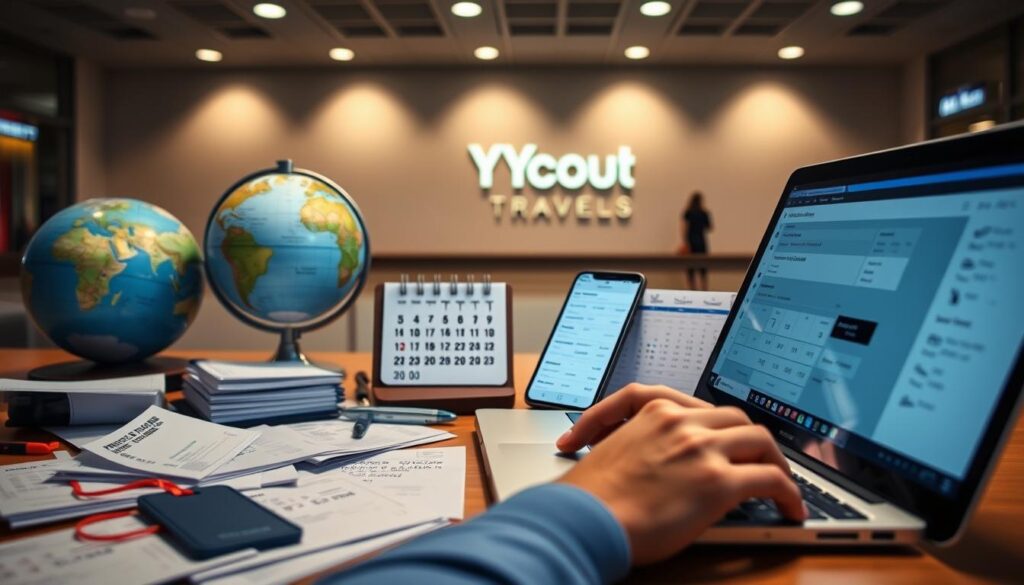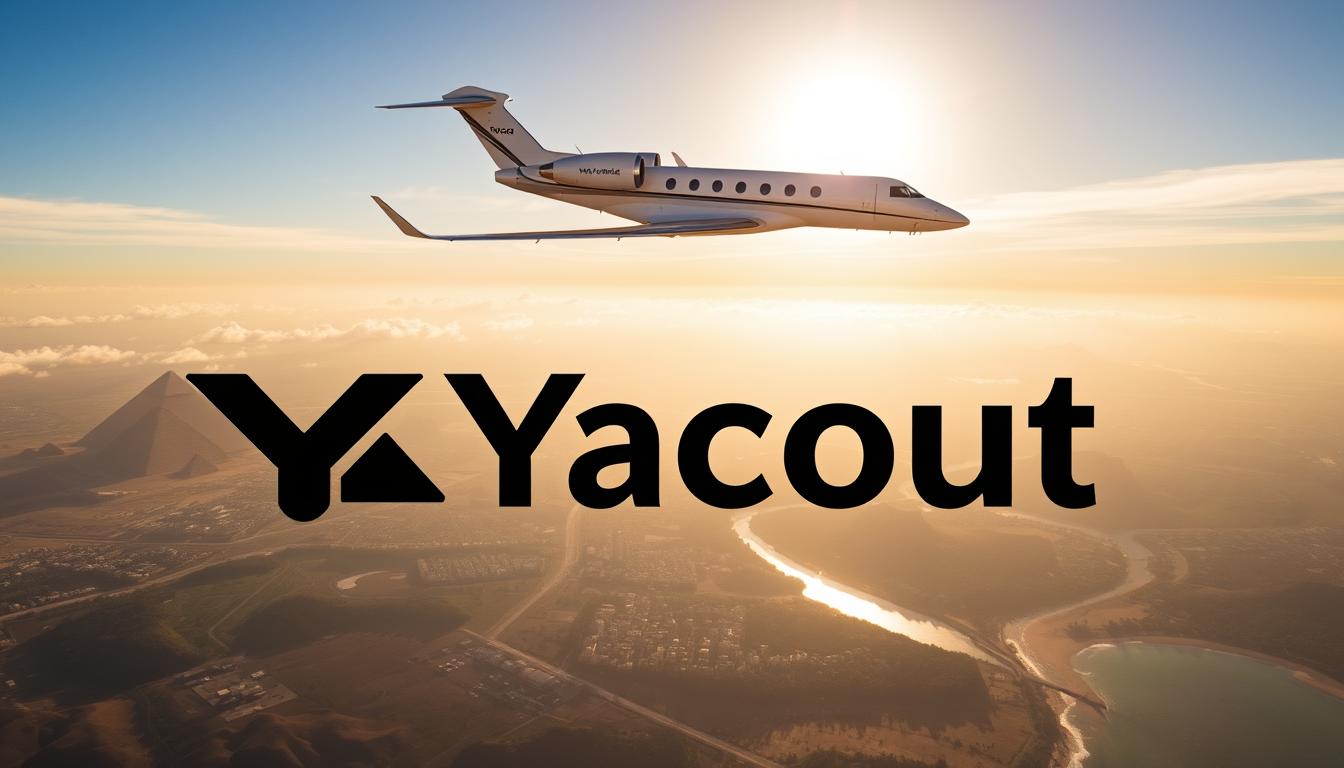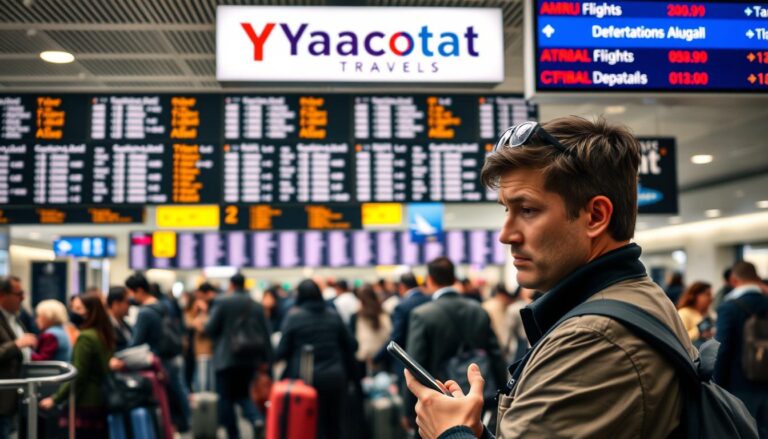How to Fly for Free (The Legal Way)
Imagine traveling the world for a decade without paying for a single international flight. One savvy explorer has done exactly that, visiting over a hundred countries while strategically avoiding huge airfare costs.
This isn’t a secret club for the wealthy. It’s a completely legitimate approach that everyday people use. They leverage credit card rewards and airline loyalty programs to unlock incredible journeys.
The core idea is simple. You can earn enough points and miles to cover the bulk of your ticket costs. You’ll still pay small government fees, but you save hundreds or even thousands of dollars.
This method requires three key things: discipline to manage your finances, organization to track your accounts, and the courage to trust the process. Your credit score can actually improve with responsible use.
This guide will show you the proven steps to start your own adventure. You can explore dream destinations without spending a fortune. Get ready to transform the way you think about travel and money.
Introduction to Free Flight Strategies
Strategic accumulation of airline miles and credit card points can transform your travel experiences dramatically. This approach centers on maximizing rewards from everyday activities.
Understanding the Concept of Travel Hacking
Travel hacking involves systematically earning rewards through airline programs and credit card partnerships. You accumulate points and miles faster than typical travelers.
Different programs offer various earning structures. Some award based on flight distance, while others use ticket price calculations.
| Earning Method | Typical Requirements | Potential Reward Value |
|---|---|---|
| Airline Loyalty Programs | Flight purchases, partner activities | 5 miles per dollar spent |
| Credit Card Rewards | Everyday spending, signup bonuses | $500-$1,500 in travel value |
| Promotional Offers | Limited-time campaigns, partnerships | Bonus miles on specific routes |
Why Earning Points and Miles Matters
Building a substantial points balance provides incredible flexibility for your journeys. A single signup bonus often covers an entire domestic ticket.
The real advantage comes from combining multiple reward sources. This strategy accelerates your progress toward complimentary travel significantly faster than flying alone.
Getting Started with Airline and Hotel Loyalty Programs
Your first essential move in travel optimization involves registering for frequent flyer and hotel loyalty accounts. These programs form the foundation of your rewards strategy. They’re completely free to join and only take minutes to set up.
Focus on airlines serving your local airport and major hotel chains you might use. This approach ensures you earn rewards from travel you’d do anyway. Building this network early pays dividends later.
Signing Up for Frequent Flyer and Hotel Rewards
Join every airline program operating from your home airport. Major U.S. carriers include Alaska Airlines Mileage Plan, American Airlines AAdvantage, and Delta SkyMiles. Also consider United MileagePlus and Southwest Rapid Rewards.
Register for hotel rewards programs like Hilton Honors and Marriott Bonvoy. Even if you don’t travel often, these accounts remain active with occasional use. They provide valuable points for future accommodation needs.
Organizing Your Loyalty Accounts and Tracking Your Miles
Proper organization prevents lost rewards. Create a simple spreadsheet with program names, membership numbers, and login details. Track your current points balances and expiration dates carefully.
If spreadsheets seem daunting, use tracking websites like Points.com. These services automatically monitor your balances across programs. They alert you before miles expire, saving valuable rewards.
This systematic approach ensures you maximize every earning opportunity. It turns scattered accounts into a coordinated rewards strategy.
Setting Your Travel Goals and Award Booking Strategies
Before diving into credit card applications, smart travelers first map out their dream itinerary using actual award search results. This research phase saves time and ensures you earn the right type of miles.
Determining Your Dream Destinations and Flexibility
Start by searching for award seats to your desired locations across different airline programs. You might discover significant price variations for the same trip.
For example, a flight to Europe could cost 80,000 miles with one carrier but 120,000 with another. This research immediately shows which program offers the best value.
Flexibility becomes your greatest advantage when booking award travel. Consider flying during off-peak days or using alternative airports nearby.

Planning Ahead for Award Availability and Best Flight Times
Most airlines release award inventory about 330 days before departure. Begin searching early for the best selection of seats.
Popular travel periods like holidays fill quickly. Booking months in advance secures your preferred flight times and saves miles.
Create a timeline showing when you need to accumulate miles for your target trip. This planning ensures you meet bonus requirements with enough time to book.
Budgeting, Credit Monitoring, and Managing Your Spending
Understanding your spending habits and credit profile creates the perfect launchpad for travel rewards. This financial groundwork ensures you select the right cards and meet bonus requirements comfortably.

Start by calculating your typical monthly purchases. Include groceries, gas, utilities, and entertainment. This reveals whether you naturally meet common spending thresholds.
Calculating Your Monthly Expenditures for Bonus Qualification
Many premium cards require spending $3,000 within three months. If your regular purchases total $1,000 monthly, you’ll qualify easily. Concentrate your normal spending during bonus periods without buying extras.
Delaying larger purchases can help meet requirements if your budget is smaller. Always pay your balance monthly to avoid interest costs that erase reward value.
Checking Your Credit Score and Improving Your Financial Health
Check your credit score using free services before applying. This soft inquiry doesn’t affect your rating. Knowing your number helps target appropriate cards.
| Credit Score Range | Card Qualification Level | Recommended Action |
|---|---|---|
| Below 600 | Limited options | Focus on score improvement for 6+ months |
| 600-700 | Entry-level travel cards | Good starting point for rewards |
| 700+ | Premium travel cards | Access to best bonuses and benefits |
Improve your score by paying down debt and making timely payments. This preparation saves time and prevents application disappointments later.
Building Your Credit and Choosing the Right Travel Cards
Building an effective card portfolio requires understanding specific banking rules that govern approval processes. Your application sequence dramatically impacts your rewards potential.
Selecting the Best Credit Card Offers and Understanding the Chase 5/24 Rule
Chase Bank enforces a crucial policy called the 5/24 rule. They automatically deny applications if you’ve opened five or more personal credit cards within 24 months.
This makes timing your applications essential. Prioritize Chase cards first since they offer premium travel benefits. Starting with other banks could lock you out of valuable opportunities.
Balancing Business and Personal Card Strategies
Business credit cards provide a smart workaround. They don’t count against your 5/24 status but still require you to be under the limit for approval.
You don’t need formal business registration. Side activities like selling online or rideshare driving qualify. Use your Social Security number as the business ID.
Annual fees often deter people, but they’re worthwhile investments. A $95 fee seems small when the bonus offers $700+ in travel value. This approach maximizes your points and miles accumulation effectively.
Maximizing Your Rewards Strategy
The moment your new rewards card arrives marks the beginning of a strategic spending period. This phase determines how quickly you accumulate valuable points and miles for future travel.
Meeting Minimum Spend Requirements and Earning Signup Bonuses
Focus all your everyday purchases on the new card until you reach the spending threshold. Typical requirements range from $1,000 to $5,000 within the first three months.
Use your card for groceries, gas, dining, and regular bills. Never spend beyond your normal budget just to meet requirements. Redirect existing expenses rather than creating new ones.
Pay your balance in full each month to avoid interest charges that erase reward value. The signup bonus provides far more value than category bonuses on other cards during this period.
Tracking Rewards, Managing Annual Fees, and Knowing When to Cancel
Create a spreadsheet to track each card’s details: application date, spending deadline, bonus amount, and annual fee. This organization prevents lost rewards and missed opportunities.
After receiving your bonus, store the card safely but keep it open for at least one year. Canceling too quickly can damage your relationship with the bank. When the next annual fee posts, evaluate whether the card’s ongoing benefits justify keeping it.
Some cards offer anniversary bonuses that offset the fee. If not, simply call to cancel when the fee appears on your statement.
Conclusion
The path to exploring distant destinations without draining your savings lies in strategic financial management and loyalty program optimization. You now possess a complete roadmap for earning complimentary air travel through disciplined credit card use and smart rewards accumulation.
This approach scales perfectly to your comfort level. Whether managing a few cards or an extensive portfolio, you can accumulate enough miles for meaningful journeys. Real people with regular jobs have successfully used these methods to visit over a hundred countries.
Remember to prioritize Chase business cards first, then personal cards, followed by other banks. Maintain excellent financial habits by paying balances in full and tracking accounts meticulously. Start with one or two cards, master the basics, and watch your travel opportunities expand dramatically.







